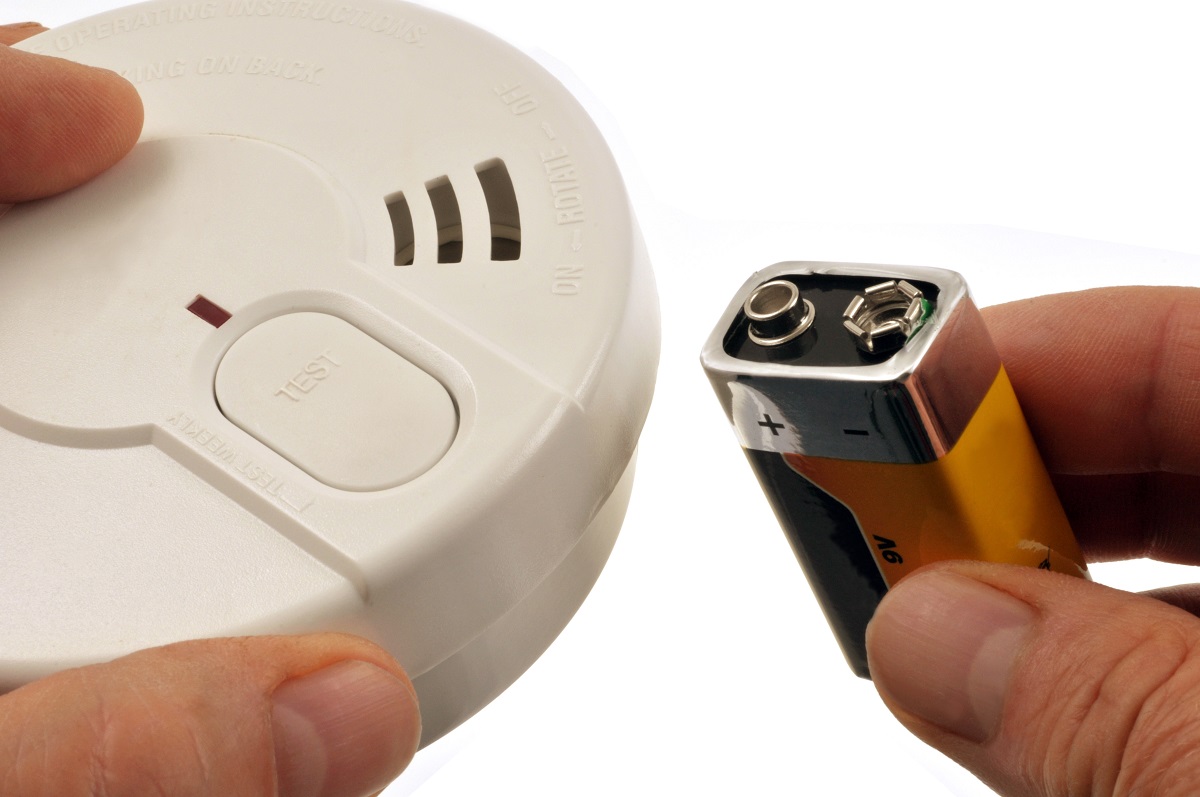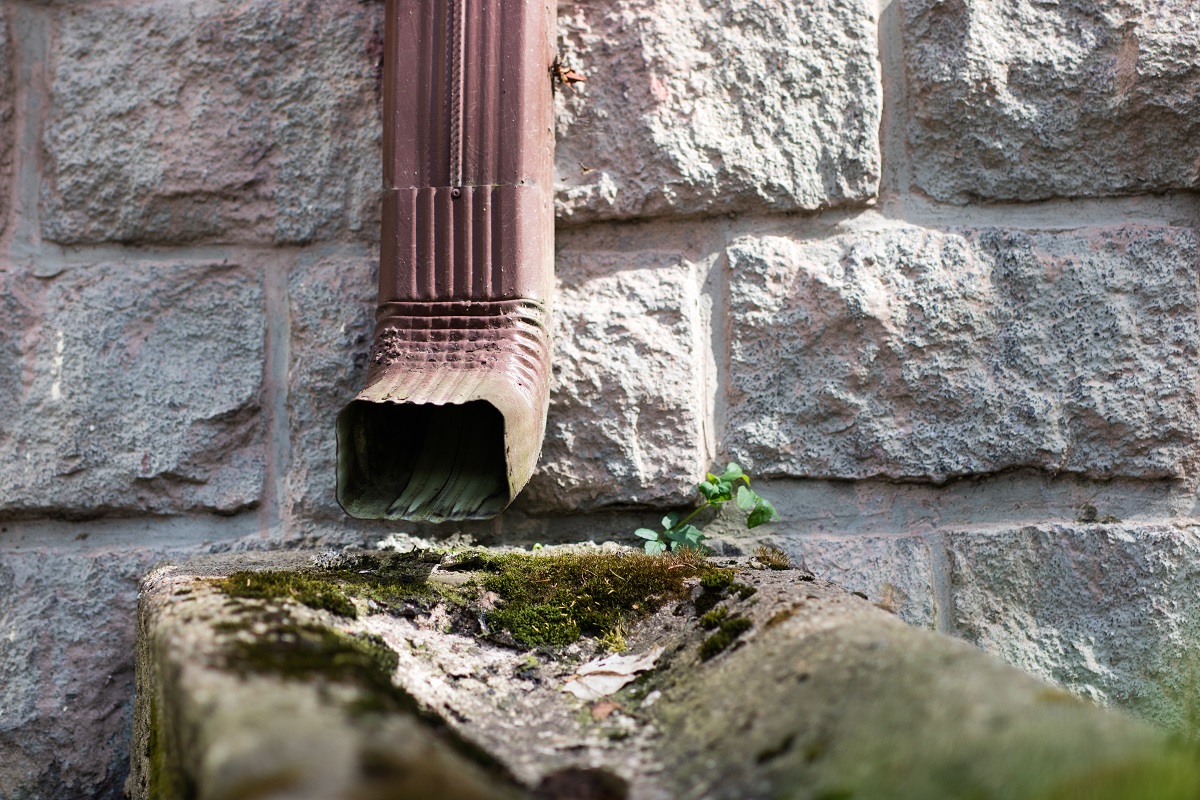Texas Fall Home Maintenance Checklist
Fall has arrived in Texas and, in order to protect your home from damage, it’s vital to ensure you conduct some fall home maintenance, both on the inside and outside of your home. This checklist will help you to prepare for cooler weather and enjoy all of the money and energy savings that go along with it. If you have to get rid of any large items, you may want to call in a rubbish removal st kilda service, or a service closer to where you are, so you can get everything removed and not clutter your home or garden as you carry out your other maintenance checks.
Interior Fall Maintenance
Although it may seem like a change in season only requires your attention on the exterior of your home, the reality is that what you do on the inside will matter just as much to your home’s health and energy costs.
Test Your Detectors

Fall is a great time to schedule testing of your carbon monoxide and smoke detectors and change the batteries in them, whether they require them or not. You’ll want to ensure you do this again in the spring as well. If your detectors are hard-wired, they can still be tested, along with their electrical connections, to ensure complete safety during the winter months.
Check for Leaks
The bulk of your winter energy costs will be from heating your home. That being said, it’s important to ensure as little heat as possible escapes. Check around your windows, doors, and other openings for air leaks by holding a flame or incense stick near the frames and watching for movement.
Ensure you inspect all areas that could have air leaks, including:
- Attic hatches
- Entry points for phone and cable TV lines
- Electrical outlets and switch plates
- Baseboards
Air can also escape through gaps around mail slots, as well as foundation seals. Repair all leaks by replacing caulk and weather stripping.
Get Your Generator Ready
The last thing you’ll want to have to do in the middle of winter is to troubleshoot your generator when you need it most. Ensure next-to-no downtime this winter by checking to make sure it’s in working order and that no lines are leaking, it is far enough away from your house, and that you have enough fresh gas to fill it at least once.
Inspect Your Drains
Although it may not seem like a big deal now, slow-clearing drains may be a sign of a bigger and more serious issue that can’t wait until spring. There are many things you can try yourself to get things moving again, but, if these don’t work, it’s always best to call a drain-cleaning professional to avoid causing any damage to your drainage system.
Change Out Dirty Filters
Summer is the time to fling your windows and doors wide open and let the airflow through. If you haven’t already looked into the benefits of patio door installation, you definitely should this summer! However, when temperatures cool, dirty furnace filters and other filters can put unwanted particles into the air you breathe. You will definitely want to inspect and clean your furnace filters thoroughly; depending on how dirty they are, a vacuuming may do. Or you may need to immerse them in a cleaning liquid to loosen that dirt.
You’ll also want to concentrate on any filters you may have in your vacuum cleaner or air purifier, as these will also make a big difference to your indoor air quality.
Exterior Fall Maintenance
Your home is bombarded by all kinds of weather, humidity, and sunlight in the summer, which can cause many different types of damages that can worsen in cooler temperatures. Here’s what you can do during fall to protect your investment.
Clean Those Gutters
Ensuring your gutters are clean should be a top priority when preparing your home for winter. Leaves and debris can hold onto moisture and prevent it from draining through downspouts properly. Not only that, but should temperatures drop below freezing, ice will turn to water, expanding, stretching, and causing potentially expensive damage to gutters and drains.
Get Up on the Roof
The more tasks you can accomplish at the same time, the better; if you’re already on a ladder cleaning out your gutters, you may as well check your roof for secure seals around the chimney, missing shingles, and anything else you may notice is out of place.
Another thing you’ll want to inspect while you’re on the roof is your chimney itself; check its exterior for cracks and other damage. If you haven’t yet had it inspected and cleaned this year, now is the time to do it.
Taking care of such minute details can ensure that your house is ready to withstand any hails or storms that may come, as these disasters tend to be quite common during falls and after. Moreover, we all know that fixing hail damage is difficult, and finding a roofer may prove difficult after the damage is done, hence a little preparation to prevent the damage can go a long way.
Inspect Your Trees
Summer storms and winds can wreak havoc on trees and, if there are any near your home, you’ll definitely want to take a walk and inspect them closely. Note any dead trees close to your home and have them removed, as it may only take one or two winter storms with high winds to bring them down. causing severe and expensive damage to your home, powerlines, and other structures. Also, check for and remove any tree branches that are loose and ready to fall.
Clean Gutter Spouts
Cleaning your gutters is definitely important, but, unless you also clean your gutter spouts, the job is only half done. Do only the gutters, and water and debris will readily run right to your gutter spouts but build up over time until they’re completely clogged. Use a plumber’s snake to get clumps out or use a pressurized hose to remove debris.
Check for Exposed Surfaces

Just like your roof, the exterior of your home also suffers through the hot Texas summer. That being said, you’ll want to check for any areas, such as fences, trim, or railings on which paint has chipped. These exposed surfaces can worsen over winter, so protect them with paint or sealant if you plan to address them after winter’s end.
Other exterior surfaces to check for include your home’s foundation, as well as the seals around the outside of windows, doors, and pipes. If any foundation cracks are found, you’ll want to seal them immediately; should water be allowed to enter your foundation in the fall, below-freezing temperatures will cause it to expand, leading to catastrophic damage.
Feed Your Lawn
The onset of cooler weather may have you thinking that your lawn no longer needs nourishment or hydration, but this couldn’t be further from the truth; your lawn will need as much protection as possible before winter sets in. So now is also a great time to ensure it is well-watered and fertilized so you have a healthy lawn when warmer weather arrives.
Have Your HVAC Unit Inspected

Those hot, humid Texas summers take their toll on everyone and everything, including your HVAC unit, which has probably been working overtime. There are things you can do to extend your unit’s life, such as listening for unusual noises, ensuring your filters are always cleaned or replaced, and cleaning your registers. It’s also a good idea to be sure that any bushes located close to your unit are cut back to allow for sufficient air flow.
However, it’s just as important to know when it’s time for a professional HVAC inspection; putting this off can mean an increased risk of future repairs or replacement way before those repairs or a replacement should occur. Getting professional, twice-yearly maintenance allows your HVAC unit to be prepared for winter, and then again for spring and summer.
What’s Included in Professional Maintenance?
A thorough professional inspection should always consist of servicing, tuning up, and inspecting all aspects of the HVAC unit, including its condensers, compressors, and coils, as well as the heating assembly, static pressure, and electrical components.
When you need to complete your fall home maintenance checklist, you’ll definitely want to include maintenance on your HVAC unit. Christianson Air Conditioning and Plumbing has been providing our customers in Austin Metro, San Antonio, Temple, and New Braunfels with service excellence and true value since 1950. Call us at (512) 246-5400 today.



Sorry, comments for this entry are closed at this time.